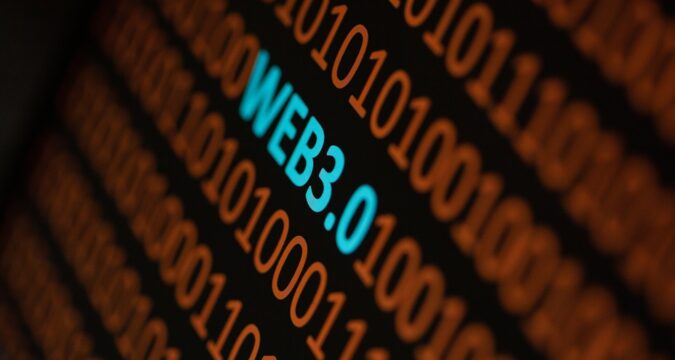
What is Web 3.0?
Web 3.0 is the semantic web that differs from the current website infrastructure namely Web 2.0. Web 2.0 is an interactive design of web that allow users to interact with website applications by creating accounts, adding comments, making payments, add media files, or performing other actions.
Web 3.0 intends to develop the next version of internet services by adding features such as decentralization and permissioned networks. In this manner, Web 3.0 can incorporate various features of blockchain such as digital-native transaction, digital ownership, and anti-censorship.
What is the Role of Blockchain in Web 3.0?
Web 3.0 aims to be the next generation of current internet services. Blockchains tech is incorporated into Web 3.0 projects on various aspects mentioned as follows:
Decentralization
At present, websites and applications are issued, hosted, and administrated by private enterprises. The users on these platforms often do not have a say in the governance of these protocols.
However, blockchains can bring decentralization in various aspects of Web 3.0 internet such as switching from single storage to distributed networks, data transparency, and democratization of governance models by incorporating voting.
Universal Participation
Blockchains can bring greater participation for additional users by making them permission-less networks. For the most part, the source code of blockchain networks is open-sourced allowing developers to access, read, edit, and recycle it at their discretion.
Network Trust
On the current internet, users need third-party warrantors to assure that the transactions are secured. However, Web 3.0 aims to bring more autonomy to individual investors. In this manner, users on the platform can perform permissioned transactions such as Peer-to-Peer trading.
Payment Channels
Cryptocurrencies are the primary product issued from a blockchain network. Web 3.0 can incorporate payment infrastructure using blockchain. In this manner, the users on the semantic web can make faster, cheaper, and more economic international transactions.
Propriety
Web 3.0 is all about empowering the individuals, on this account the entity uses NFTs to bring digital ownership for online products.
At the same time, the users on the Web 3.0 programs may also access various store their crypto reserves and NFTs in self-custodial wallets allowing users to access their funds without sharing the propriety with centralized firms.
Censorship Protection
Blockchains also enable censorship resistance by removing the need for centralized management. At the same time, when new information or data record has been added to a blockchain it is saved forever that ensures that users can express their opinions with greater independence.
Monetization
Blockchains also bring monetization for Web 3.0 users. It means that developers can monetize various aspects of using the internet as a monetized activity. This has given rise to structures such as play-to-earn, gaming tokens, and others.
Is Blockchain Necessary for Web 3.0?
Some aspects of Web 3.0 make use of blockchain technology. However, Web 3.0 has also ingrained features from other state of the art technologies such as Virtual Reality, Augmented Reality, Internet-of-Things, Artificial Intelligence, and Machine Learning etc.
The combination of all the aforementioned technologies is incorporated into Web 3.0 in addition to blockchain. It is important to note that Web 3.0 is a still a conceptual project. Designers, developers, and other stakeholders are adding new features to define the baseline for a tangible version of Web 3.0 program.
On the other hand, Web 3.0 has also incorporated edited versions of blockchain byproducts such as NFTs and Utility tokens etc.
The propagation and wider adoption of Web 3.0 entities is slow on account of the upgraded hardware and software requirements to access it. Metaverse is a Web 3.0 entity that has shaped the perception of this technology and version of internet for users at large.
It is a 3 –dimensional version of sites or applications that incorporates all major tenets of Web 3.0 mentioned above. However, Web 3.0 is still evolving with an aim to bring features such as interoperability, scalability, immutability for certain aspects, security, hyper-personalization, and innovation for users.
Conclusion
DAOs are also an important technology that links Web 3.0 with blockchain networks. DAOs make Web 3.0 user-governed platforms without a central authority. Web 3.0 was conceptualized during the 90s. However, the creation of blockchains and other supporting technologies have made it possible for the product to emerge as a real-world entity.




